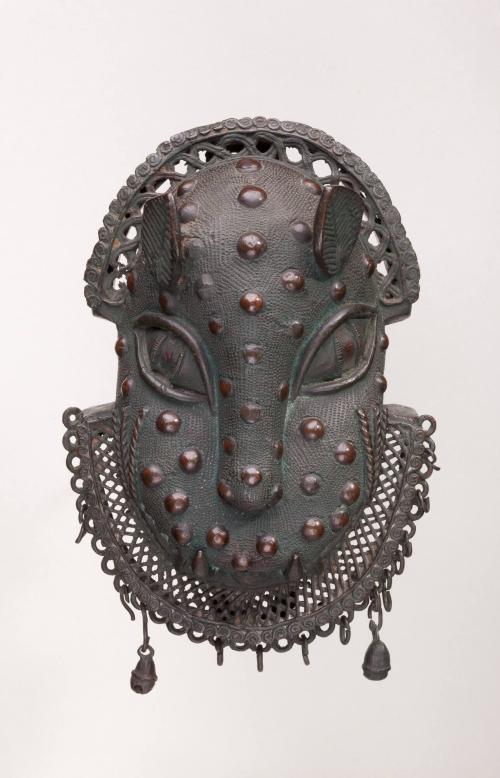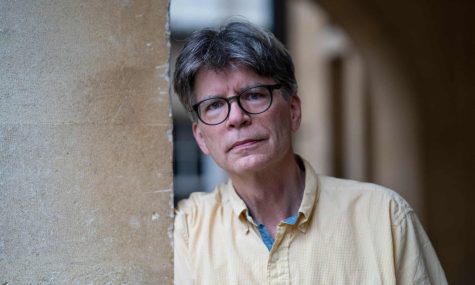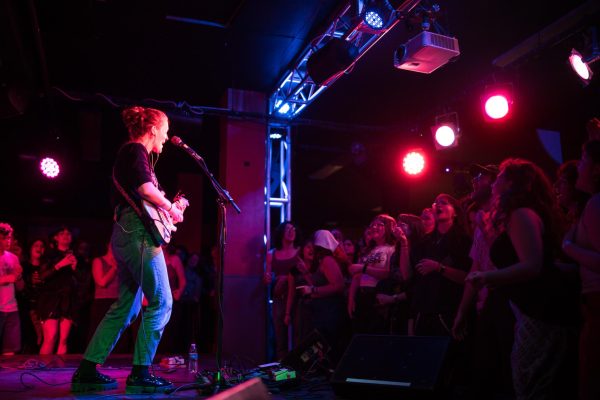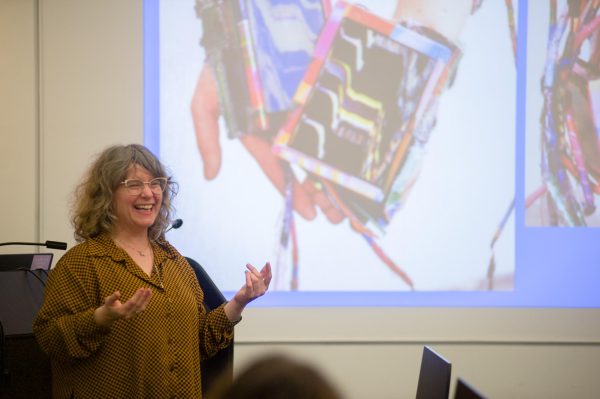AMAM Collection Houses Benin Bronze Piece, International Museums Begin Repatriation to Nigeria
Last month, the Smithsonian National Museum of African Art, the National Gallery of Art, and the Rhode Island School of Design Museum returned a total of 31 Benin Bronzes in their collections to Nigeria, where the pieces were looted by colonial British forces over a hundred years ago. Earlier this week, Digital Benin launched the first ever online archive of 5,246 of these works of art from the former Benin Kingdom, housed across 131 institutions. The website also contains oral histories, descriptions of the various bronzes and their specific cultural significances, and a map highlighting the historic landmarks of Benin Kingdom.
“Benin Bronzes” refers to a group of several thousand brass and bronze plaques, reliefs, and sculptures that once decorated the Royal Palace of the Oba of Benin in what is today Edo State, Nigeria. According to the Digital Benin website, the objects “are an expression of Benin arts, culture and history, and were originally used as royal representational arts, to depict historical events, to communicate, to worship and perform rituals.” Most of these works were stolen by the British Army when it ransacked and raided the Royal Palace of the Oba in 1897 in an attempt to consolidate Britain’s imperial control. Some of the pieces were then sold to pay off military debts, while others were brought to be displayed in the British Museum. Today, these artworks are scattered across various institutions — mostly concentrated in Europe and the United States. The Digital Benin website includes a map which reveals that nearly every museum housing Benin objects is in a former colonial power.
The Allen Memorial Art Museum currently houses a Benin Bronze titled “Uhunmwun-Ekhue (Leopard Hip Ornament)” in its African and Oceanic Art Collection. The AMAM’s digital description of the work reads, “This ornament depicts a leopard, the oba’s sacred animal. Military officers or court officials wore it to symbolize their social status and authority to take human life. Worn at the waist along with other pendant-masks depicting ancestral spirits, this object was distinguished by its small bells, which jangled as the owner walked.”
The AMAM website acknowledges that the piece was stolen and welcomes input on proper care and display.
The Benin City National Museum is the only Nigerian museum in the list of the top-ten largest collections. Located in Benin City, Nigeria, it currently houses 285 bronzes. The British Museum has by far the largest collection of artifacts at 944 pieces, while the museum with the second-largest collection — the Ethnologisches Museum in Berlin — has roughly half of that number at 518.
In August, a contract was signed transferring ownership of the 512 Benin objects from the collection of the Ethnologisches Museum to Nigeria, the most extensive case of repatriation to date. The first objects began their return to Nigeria this year.
On Oct. 11, the Smithsonian’s National Museum of African Art, the National Gallery of Art, and the RISD Museum transferred 31 Benin bronzes from their collections to the National Commission for Museums and Monuments in Nigeria.
The British Museum has made no public statements about plans to repatriate any of the works currently in their possession.
Chao Tayiana Maina, a Kenyan digital heritage specialist and digital humanities scholar, wrote an essay on the Digital Benin website commenting on the unprecedented opportunity for people to view all of the Benin Bronzes in a centralized location.
“This in itself presents a radical departure as the Benin bronze collections have not been viewed in a centralized location since their violent removal. It is uncertain if and when the physical collections will ever be viewed together as currently made possible via the digital platform.”











